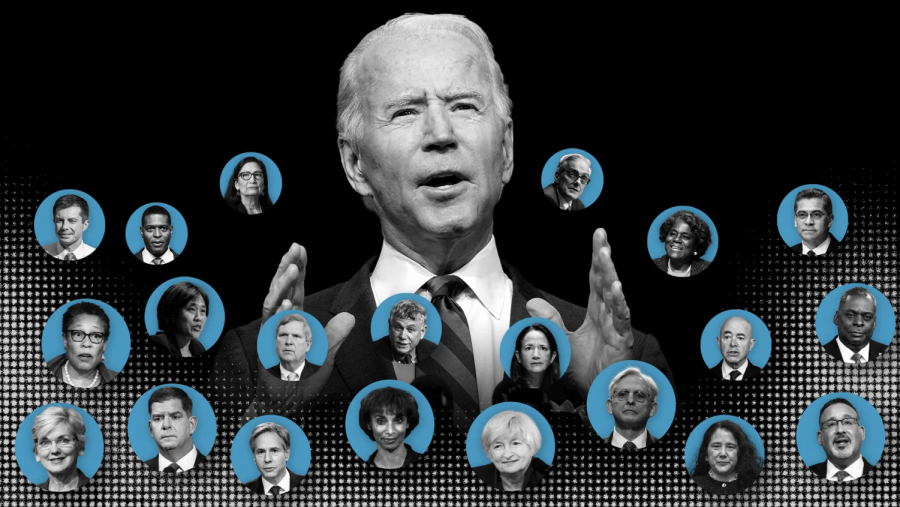Biden’s Cabinet Picks, Explained
As President Biden proceeds with his fourth month in office, almost all of his Cabinet picks have been confirmed by the U.S. Senate. However, names like Antony Blinken and Merrick Garland will not mean much to the average Cam High student, or American, for that matter. Here is a fact-based rundown of the most diverse presidential cabinet in American history.
What is the Cabinet?
The Cabinet of the United States is a body constituted by the Vice President and each of the heads of the federal executive departments— i.e., the Department of Defense or the Department of the Treasury. The President is also empowered to elevate the heads of other government agencies, like the Administrator of the Environmental Protection Agency or the Director of National Intelligence, to serve in his Cabinet. The Cabinet’s chief function is to advise the President in all matters of state.
The Statistics
An analysis by NPR found that President Biden has kept to his promise of an inclusive cabinet, eclipsing both Presidents Donald Trump and Barack Obama in diversity. Biden’s Cabinet is 45% female and 55% nonwhite, with white men comprising just 32% of the body; this marks a stark change from the Trump administration, in which white males held 73% of the Cabinet-level positions.
The Firsts
Beyond the raw data, President Biden has made history several times over with his appointees, among whom Deb Haaland and Pete Buttigieg are the first Native American and the first openly gay person, respectively, to serve in a presidential Cabinet. Biden’s nominee for assistant secretary of health, Rachel Levine, is also the first transgender woman to be confirmed to a government post by the Senate, although not to a Cabinet-level position.
The Reaction
Although President Biden has received praise— “a determined commitment to diversity,” one Brookings Institute fellow described his Cabinet— controversy over his nominees has flared on both sides of the political aisle. Expectedly, many senators in the opposition party have doggedly voted against Biden’s picks, though to no avail, as every one of them has been confirmed by the Senate thus far. Republican Senator Josh Hawley of Missouri claimed, “If there is someone I think will be good to Missouri, that I can defend to my voters, somebody who I think is going to be good for the job, I’ll vote for them”; so far, he has voted against all but two of the President’s nominees. Senator Rick Scott, a Republican representing Florida, has compiled criteria to win his vote, stating he will not support a nominee who would raise taxes, kill jobs, rejoin the Iran Deal, or institute weak foreign policy. Not all Republicans have obstructed the confirmation process, however; Senator John Cornyn of Texas, who voted for fifteen of the twenty-one nominees to come before the Senate, told reporters that the “new President should be able to pick, within the limits, the people he wants in his Cabinet.”
Less expectedly, President Biden has come under fire from his own party: Senators Tammy Duckworth of Illinois and Mazie Hirono of Hawaii threatened to block the Cabinet nominees because none of them were Asian American or Pacific Islander, only relenting when the White House pledged to include a liaison “who will ensure the [Asian American and Pacific Islander] community’s voice is further represented and heard.” Even Biden’s Vice President, Kamala Harris, acknowledged that there is “still work to be done” in regard to the presidential Cabinet.
Regardless of the Cabinet’s diversity, its members have each been palatable to not only the different wings of the Democratic Party, but many Republicans as well. Although Biden never entertained ultra-progressive picks like Senator and former presidential candidate Bernie Sanders of Vermont for his Cabinet, he has also taken care not to alienate Sanders’ faction, avoiding nominees with a mixed record, like Rahm Emmanuel.
The Analysis
What does all of this mean for the future of the Biden presidency? Based on Biden’s picks alone, it is clear he has two goals: helming a visibly and historically diverse Cabinet reflective of modern America, and maintaining the broad, inoffensive coalition which elected him. In the coming months, the administration will be expected to address countless issues, predominant among them the COVID-19 pandemic, and the composition of the Cabinet is a surefire indicator of the tone President Biden will take throughout his first year in office.

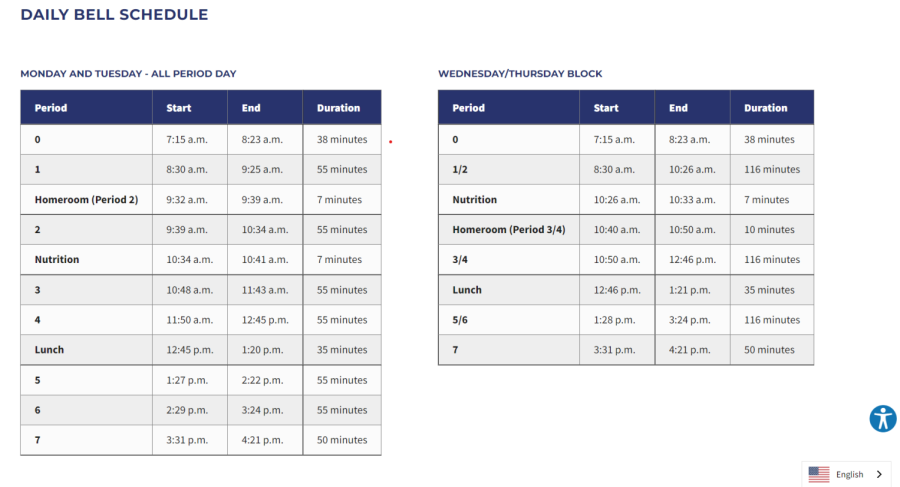






















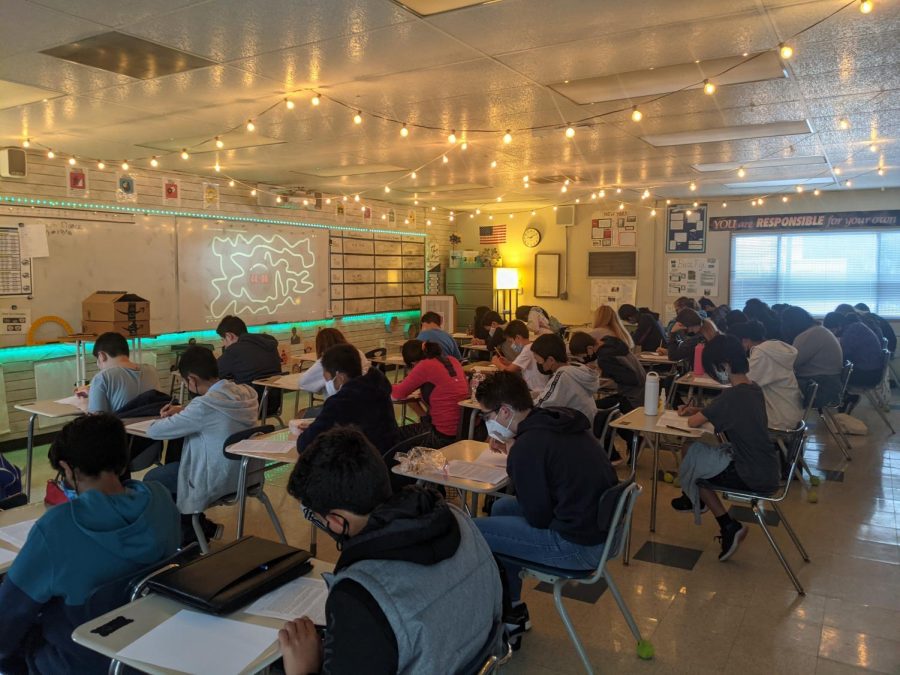

























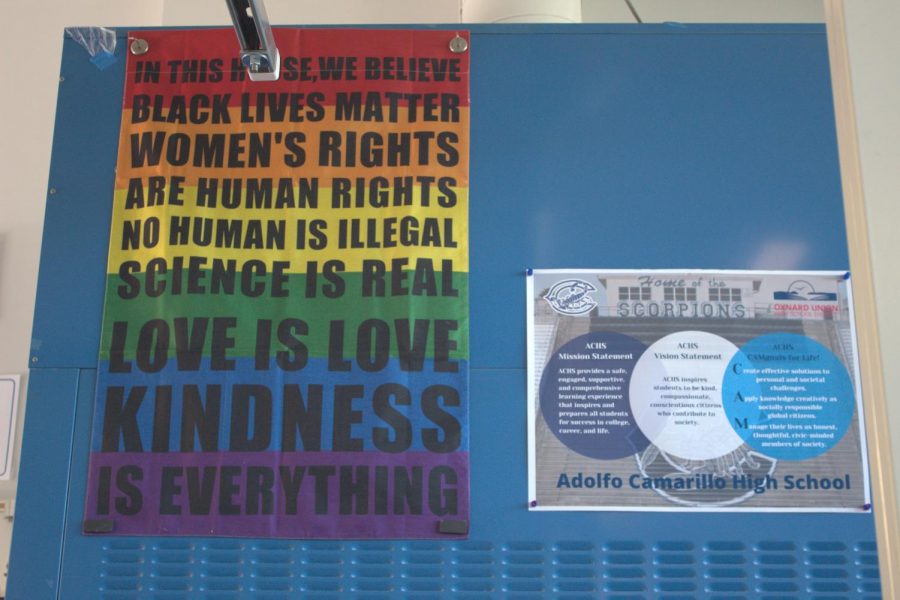












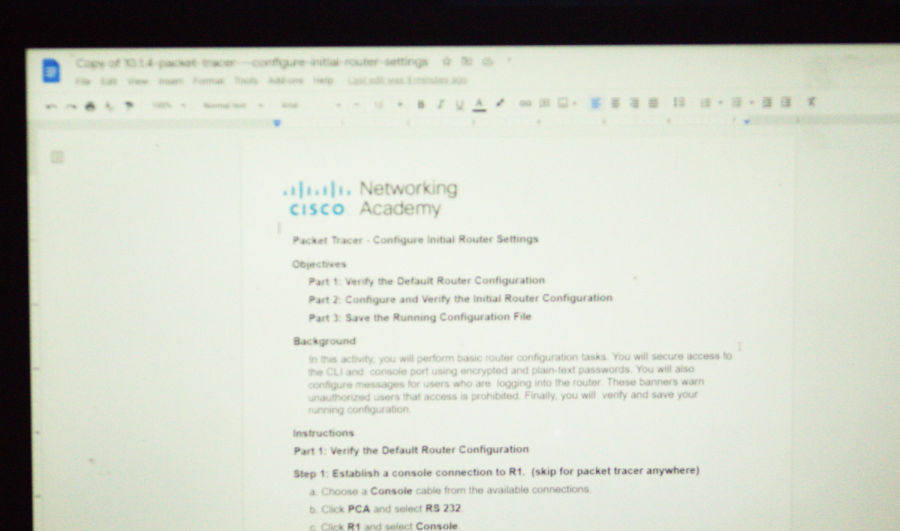

















![Senior Ditch Day... Relaxation or Truancy? [Video]](https://achsstinger.com/wp-content/uploads/2017/10/IMG_7119-900x599.jpg)
![Heavy Rain Hits Cam High [video]](https://achsstinger.com/wp-content/uploads/2017/02/maxresdefault-900x506.jpg)



